Treatment of a fractured femur
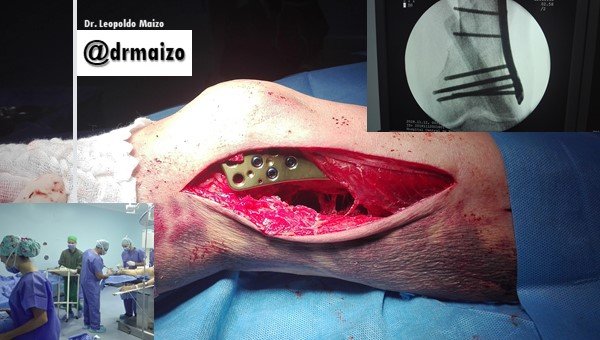
On the thigh
We are still active and now with more courage, little by little with the help of everyone for this new challenge. This time with an unconventional femur surgery but with great results. My team has been happy after this 70-year-old patient had his femur reconstructed again after falling from a considerable height. The pain he felt when he arrived was only compared to the satisfaction of being recovered after the operating room. There are still many days left before he can walk again, but finally he will.

Femoral Fractures
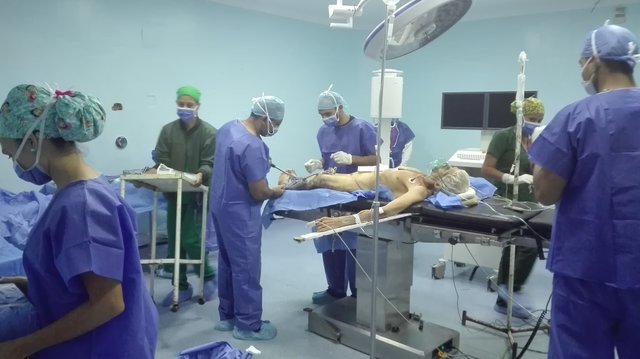
A femoral fracture is a break in the thigh bone, called the femur. This bone is also known as the thigh bone. It runs from the hip to the knee and is the longest and strongest bone in the body. It usually takes a lot of strength to break it.
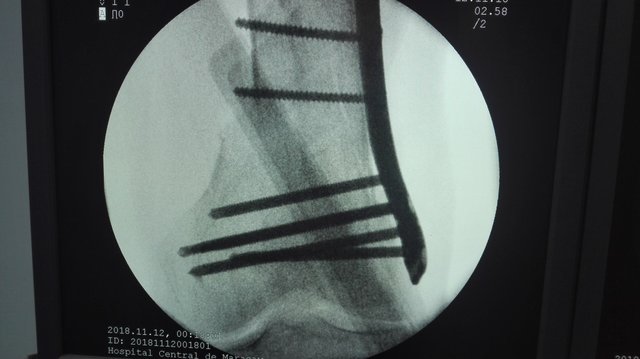
What is a femur fracture?
A femoral fracture is a break in the thigh bone, called the femur. It is a bone that runs from the hip to the knee. It is known as the longest and strongest bone in the body. Therefore, a lot of strength is needed to break it.
Causes of Femur Fracture
A femoral fracture is usually caused by direct trauma to the bone. These fractures can be caused by:
- Falls.
- Blows.
- Automobile accidents.
- Severe sprains.
- Symptoms of Femur Fracture
- Symptoms of femur fractures include:
- Immediate and severe pain.
- Swelling and bruising around the fracture area.
- Inability to walk and/or limited range of motion in the hip and knee.
- Deformity of the leg, such as shortening or abnormal twisting of the injured limb.
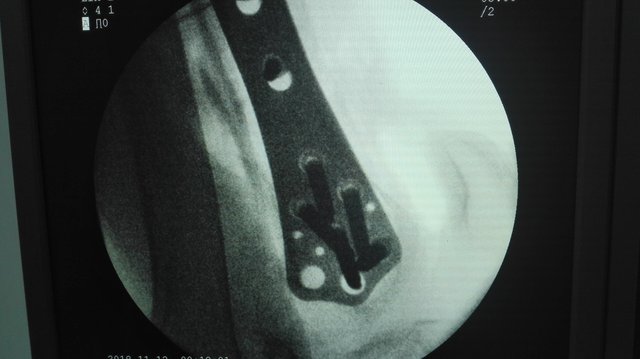
Treatment for femur fracture
Treatment of femur fractures will depend on the severity of the injury. Treatment options include
- Put the pieces of bone back in place, which may require anesthesia and/or surgery.
- Keep the pieces together while the bone is recovered with a splint.
- Perform surgery, where a metal plate can be inserted with screws, a rod directly in - the middle of the bone, or metal pins.
- Pain medication depending on the level.
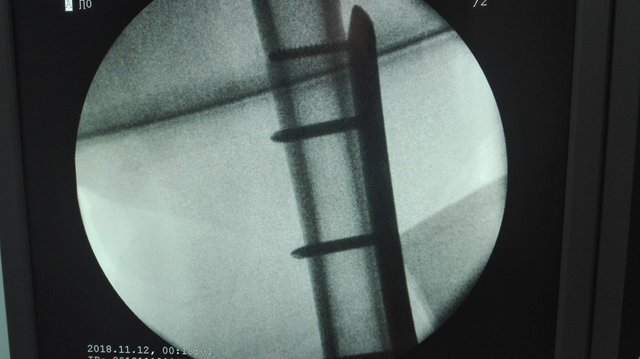
Prevention of femoral fracture
When fractures of the femur are caused by accidents, they are very difficult to prevent. But there are measures to reduce the chances of fractures, which are:
- Do not risk trauma from preventable accidents.
- Eat a diet rich in calcium and vitamin D.
- Strengthen muscles to prevent falls.
- Always wear a seat belt when driving a car.
- Wear proper safety guards and equipment when playing sports.

Home care after femoral surgery
Wound care
You may begin showering again about 5 to 7 days after your surgery. Ask your health care provider when you can start.
Be especially careful when showering. Follow the provider's instructions closely.
- If you are wearing a brace or leg immobilizer, cover it with plastic to keep it dry while showering.
- If you are not using a brace or immobilizer, carefully wash the incision with soap and water when the provider says it is OK. Dry with gentle touches. DO NOT rub the incision or apply creams or lotions.
- Use a shower chair to prevent falls while bathing.
- DO NOT get wet in a bathtub, pool, or hot tub until your provider tells you it is OK.
Change the dressing (bandage) on the incision every day. Gently wash the wound with soap and water, and pat dry.
Check the incision at least once a day for signs of infection. These include increased redness, increased discharge (leakage of fluid or pus), or the wound opening.
Tell all of your providers, including your dentist, that you have a rod or nail in your leg. You may need to take antibiotics before dental work and other medical procedures to reduce your risk of getting an infection. You will need to do this more after surgery.

Own images uploaded with the patient's consent.
If you need recommendations or help in orthopedic surgery and traumatology do not hesitate to contact me.
Dr. Leopoldo Maizo - Orthopedic Surgeon

If you want to read more I invite you to visit my page:
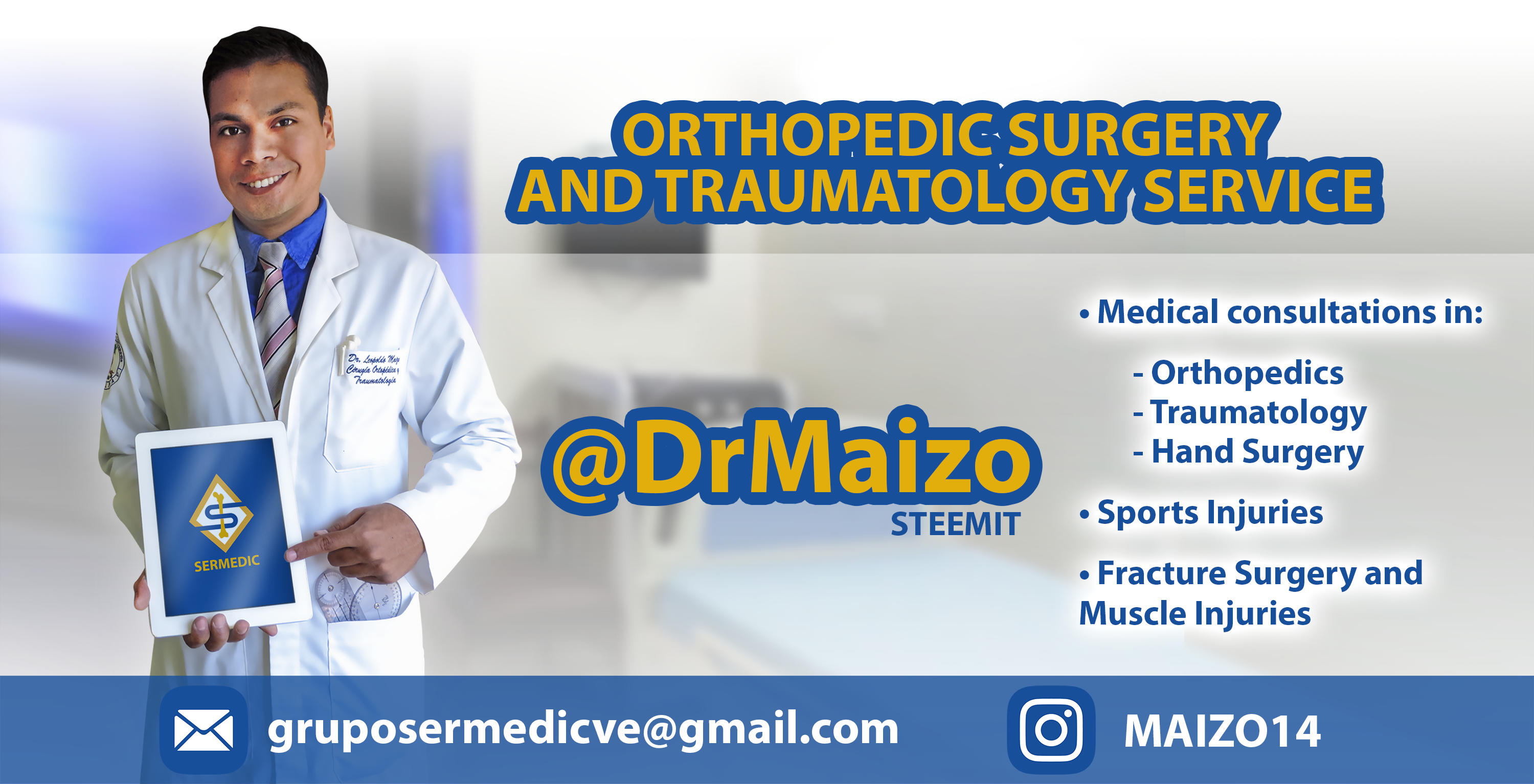
Firma diseñada por @themonkeyzuelans, contáctalos vía Discord "themonkeyzuelans#9087"
Great projects from the Steemit community:
- My Fundition campaign: https://fundition.io/#!/@drmaizo/6f88ggj8h



.png)
This project is being supported by @Fundition
Fundition is a next-generation, decentralized, peer-to-peer crowdfunding and collaboration platform, built on the Steem blockchain.
#upfundition and #fundition tags on Steem represent the projects that are started on https://fundition.io.
Are You Prepared to Make the World a Better Place too?
Read the full details of Fundition Fund program
Learn more about Fundition by reading our purplepaper
Join a community with heart based giving at its core
I can imagine it's a very traumatic injury, given that it's a very large bone.
Was this unconventional due to the age of the patient?
I've heard that at the time of injury, the patient can lose a large volume of fluid as the site swells up, resulting in IV administration?
Good work.
Hi @preppervetuk, it is indeed unconventional this type of surgery in elderly patients, generally fractures are seen in the hip and wrist more frequently. During a femur surgery, up to 1.5 liters of volume can be lost, which needs to be replaced with administration.